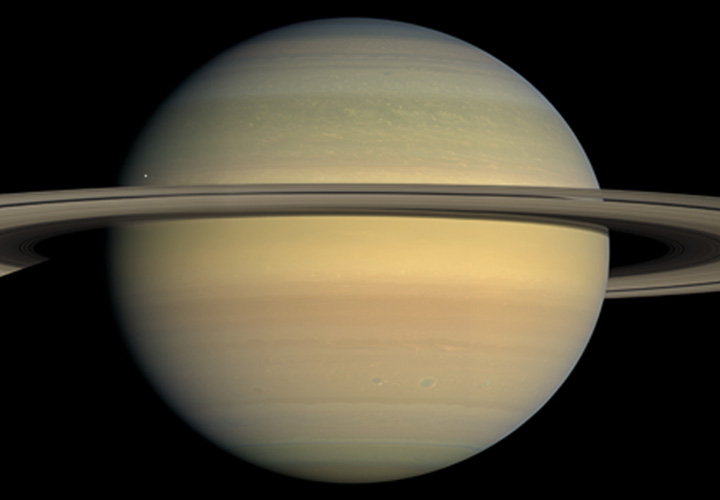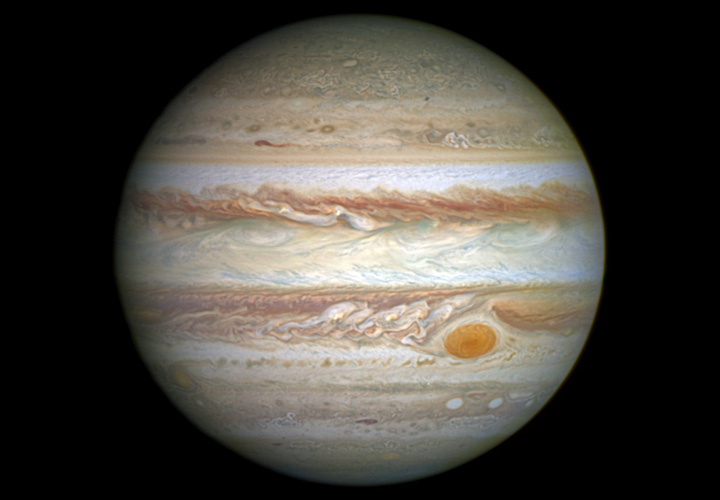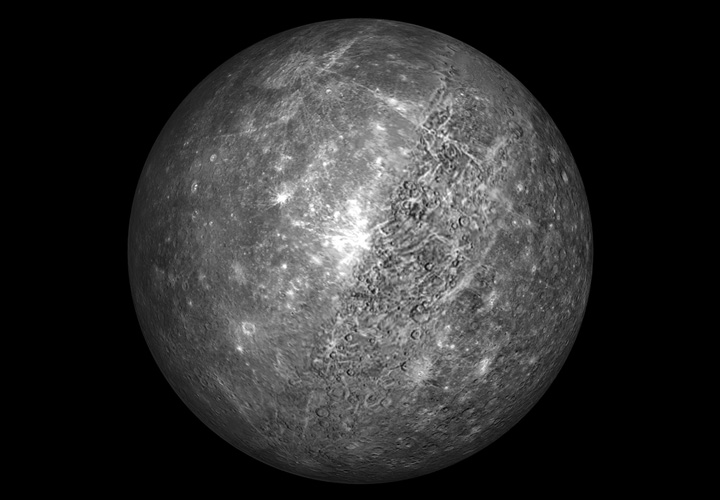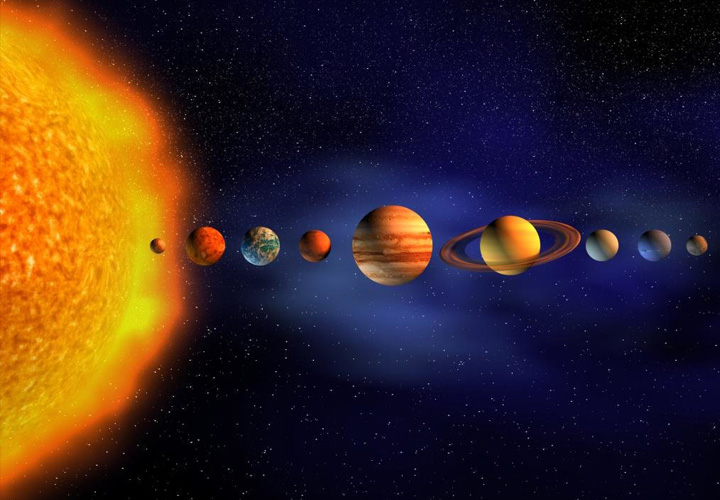15 Facts about Mercury: The Messenger of God
Mercury ( ☿ , बुध ), the closest planet to the Sun is the one which faces its maximum fury. This tiny piece of rock has its own fascinating features. Here are some interesting facts about the mighty Mercury: Both moons individually only have a mass equal to 40% of Mercury The Roman god Mercury serves as the guide of souls to the underworld An observer on Mercury would see only one day every two Mercurian years The polar region is constantly below -93° C Mercury is too small and hot for its gravity to retain any significant atmosphere over long periods of time Appendix: Exosphere This Exosphere contains Hydrogen, Helium, Oxygen, Sodium, Calcium, Potassium and others. Mercury’s gravity is double that of our Moon Mercury’s magnetic field is much weaker than Earth‘s magnetic field. It is still strong enough to deflect…
15 Facts about Solar System: An Introduction to the Home of our Home
Billions of years ago, there was no Sun and there were no planets. All there was a big cloud full of gases. So, how it all turned into a balanced system of a star and planets orbiting around it? How a star and planetary bodies around it made it possible to have life? The story of the Solar System ( सौर मण्डल ). Here are some interesting facts about our Solar System which will give you some insights on this series covering our planetary system: The Local Interstellar Cloud (LIC) in Orion–Cygnus Arm, also known as the Local Fluff is roughly 30 light-years across ———————————— As is typical of molecular clouds, this one consisted mostly of hydrogen, with some helium. It also had small amounts of heavier elements fused by previous generations of stars Within 50 million years, the pressure and density of hydrogen in the centre…



